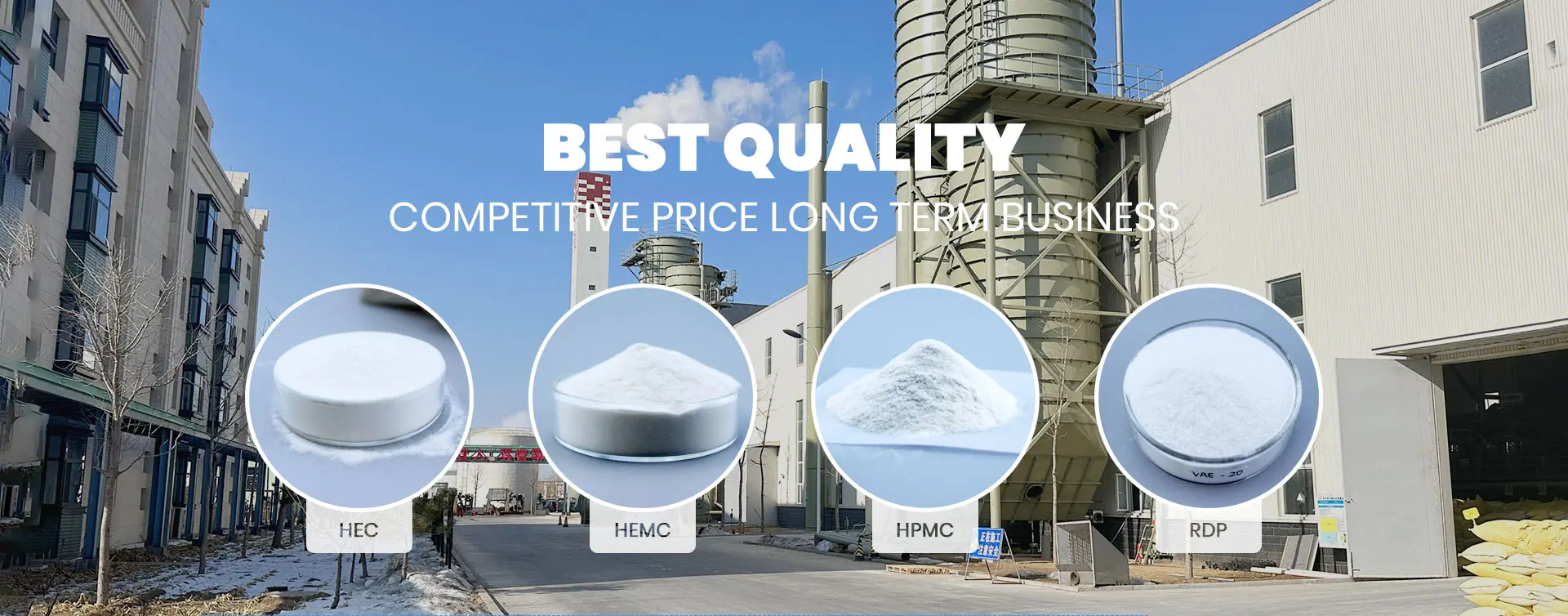
Dec . 17, 2024 02:37 Back to list
hpmc
Understanding HPMC A Versatile Polymer in Modern Applications
Hydroxypropyl methylcellulose (HPMC) is a cellulose derivative widely used in various industries due to its unique properties and versatility. This semi-synthetic polymer is derived from natural cellulose, making it an attractive choice for applications ranging from pharmaceuticals to food production. HPMC's exceptional performance characteristics, such as its solubility in water, thickening capabilities, and film-forming abilities, have made it a staple in many formulations.
Chemical Structure and Properties
HPMC is a white or off-white powder that is odorless and tasteless. Chemically, it is produced by the controlled substitution of hydroxyl (–OH) groups in cellulose with hydroxypropyl and methoxy groups. This modification enhances the polymer's solubility in cold water and gives it excellent film-forming properties. The degree of substitution affects the viscosity and solubility of HPMC in various solvents, which can be tailored to meet specific application requirements.
One of the most appealing characteristics of HPMC is its ability to form gels and thicken solutions at relatively low concentrations. This makes it particularly valuable in formulations requiring controlled viscosity or texture. The polymer is also non-ionic, which means it does not carry a charge under neutral pH conditions and does not react with ions in formulations, providing stability and compatibility in diverse environments.
Applications in Pharmaceuticals
In the pharmaceutical industry, HPMC is widely used as an excipient in tablet formulations, capsules, and controlled-release systems. It acts as a binder, stabilizer, and thickening agent, ensuring consistent performance and quality in drug delivery. HPMC can form hydrogels, which facilitate the sustained release of active ingredients, improving therapeutic efficacy and patient compliance.
Moreover, HPMC is utilized in ophthalmic preparations, where it serves as a lubricant in eye drops and gels, enhancing moisture retention and comfort for users. Its biocompatibility and low toxicity further validate its use in formulations meant for human consumption.
hpmc

Role in Food Industry
HPMC finds extensive application in the food industry as a food additive due to its gelling and thickening properties. It is commonly used in sauces, dressings, and dairy products to improve texture and stability. Additionally, HPMC is an excellent emulsifier and helps maintain consistency in products that contain oil and water phases.
One notable aspect of HPMC is its ability to create a sensation of creaminess in low-fat or reduced-calorie food products, making it an essential ingredient in the growing market for healthier alternatives to traditional foods. Its use in gluten-free baking is also noteworthy, as HPMC can provide elasticity and structure typically associated with gluten, aiding in the creation of desirable textures.
Other Industrial Applications
Beyond pharmaceuticals and food, HPMC is a key component in construction materials, personal care products, and even cosmetics. In the construction industry, it is used as a thickener in cement and mortar, improving workability and enhancing adhesion properties. In personal care, HPMC serves as a stabilizer and thickener in lotions, creams, and shampoos.
Additionally, its film-forming ability lends itself to coatings for both food and non-food products, providing moisture and oxygen barriers that help extend shelf life and maintain product integrity.
Conclusion
Hydroxypropyl methylcellulose (HPMC) is a multifunctional polymer with diverse applications across various industries, owing to its unique properties and adaptability. As industries continue to seek innovative solutions and formulations, the role of HPMC is likely to expand further, making it an essential ingredient in the development of next-generation products. Whether in pharmaceuticals, food production, or construction, the significance of HPMC cannot be overstated, and its versatility ensures that it will remain a critical component in modern formulations for years to come.
-
Versatile Hpmc Uses in Different Industries
NewsJun.19,2025
-
Redispersible Powder's Role in Enhancing Durability of Construction Products
NewsJun.19,2025
-
Hydroxyethyl Cellulose Applications Driving Green Industrial Processes
NewsJun.19,2025
-
Exploring Different Redispersible Polymer Powder
NewsJun.19,2025
-
Choosing the Right Mortar Bonding Agent
NewsJun.19,2025
-
Applications and Significance of China Hpmc in Modern Industries
NewsJun.19,2025







